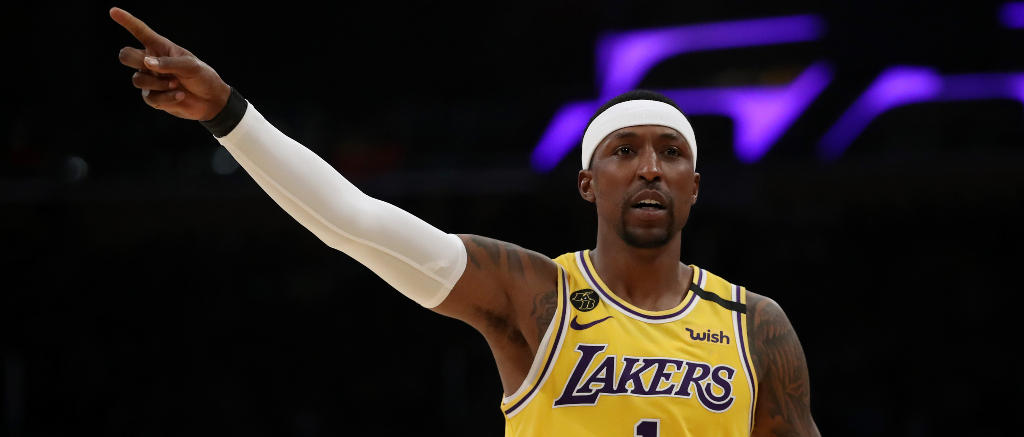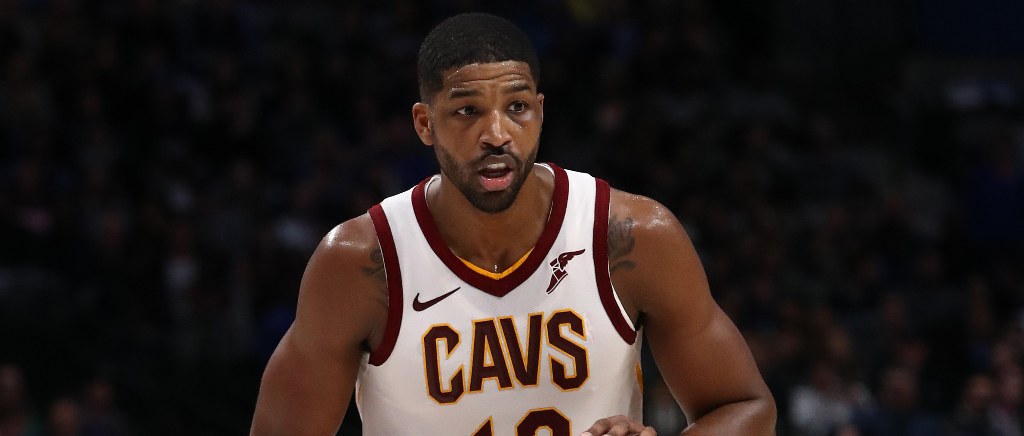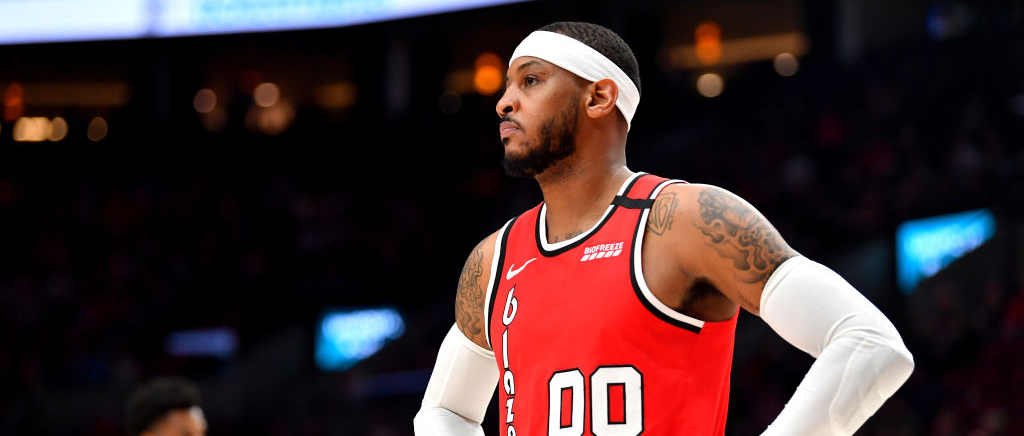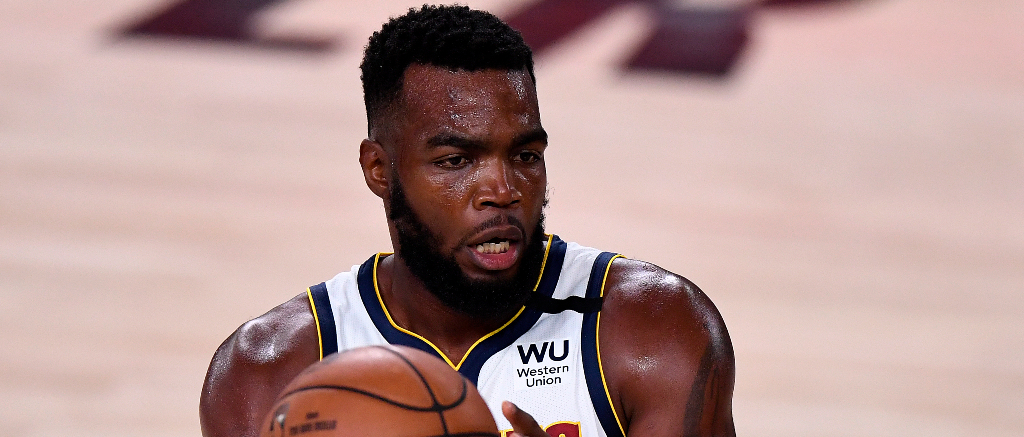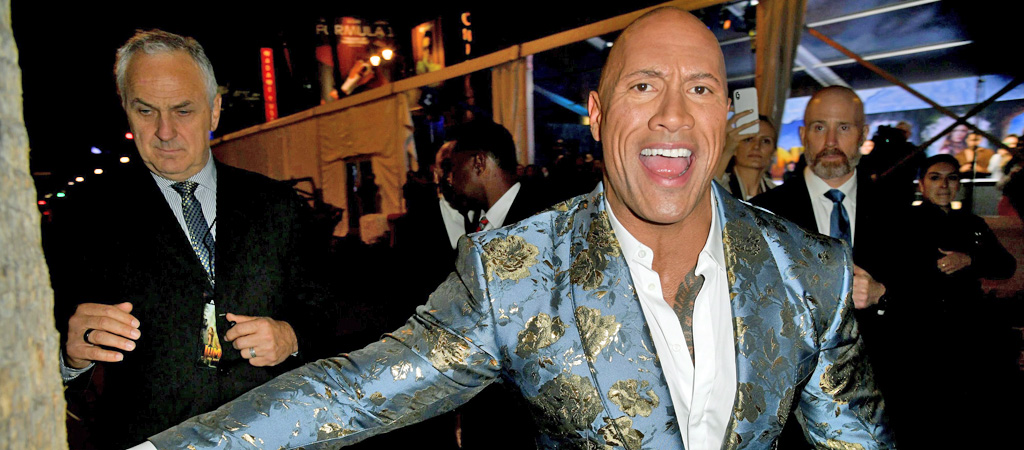
As if we don’t have enough grief with the rock legends we’ve already lost this year, MSNBC has to go and kill Bob Dylan while he’s still alive? In a recent newscast, which has been captured for eternity via Twitter, the network incorrectly reported that Dylan died last year, in 2019, at the age of 79. Watch the clip below:
Bob Dylan is thankfully alive and well! pic.twitter.com/1x8hmYEGGD
— JRocklin (@JRochline) November 22, 2020
In fact, Dylan is alive and well, as the tweet notes, and even released a brand new album this year. Rough And Rowdy Ways has drawn lots of praise from critics, as has most of his works — except that pesky ’80s Christian era (which is lowkey great too don’t let them fool you) — and illustrates that even though he’s certainly getting up there, he’s just as productive as ever.
The news story seems to be focused on a trove of lost Dylan lyrics and memorabilia that was recently purchased, noting that the lot of papers was sold for $495,000! Half a million just for lyrics that weren’t ever finalized, that’s a pretty impressive legacy to leave behind. Except, as noted above, he’s still here living the legacy for now. Thankfully.
For the real classic rock heads who want to debate, here’s the remaining question: Who is better — Dylan or Neil Young? And let me clarify, one last time, both of them are, currently, still alive.

